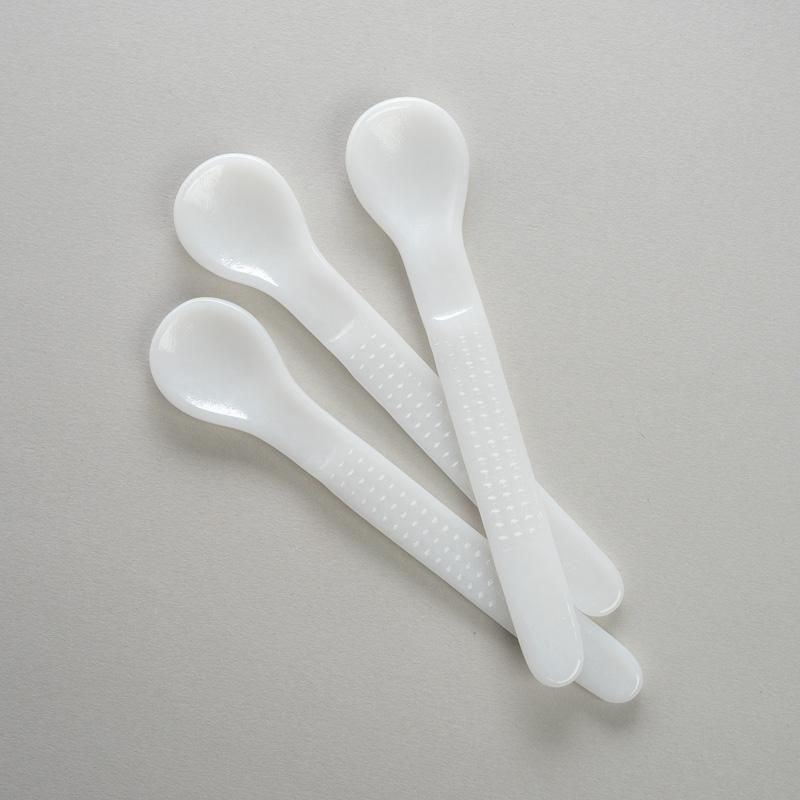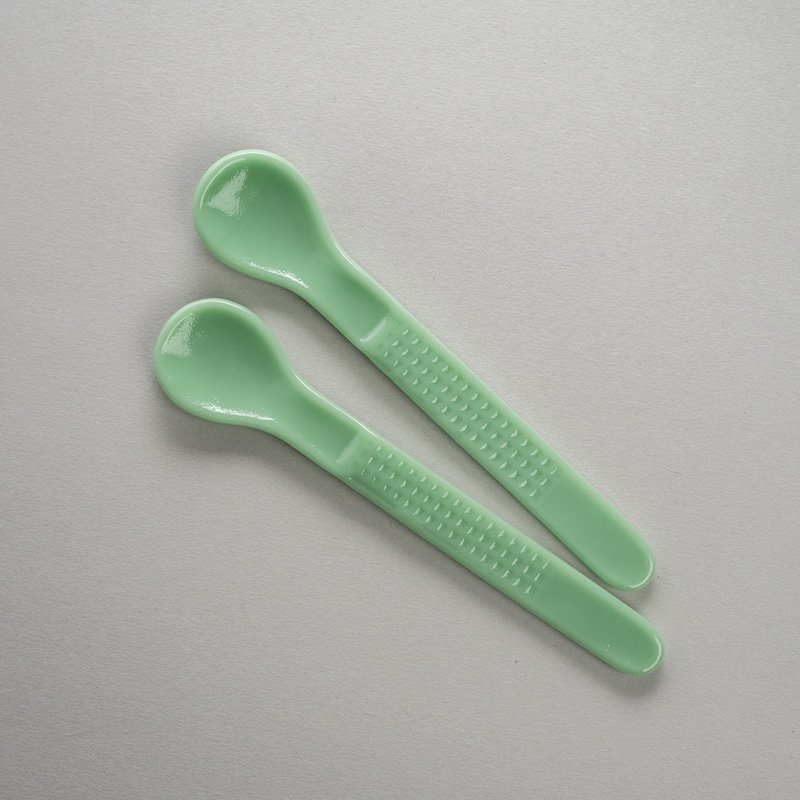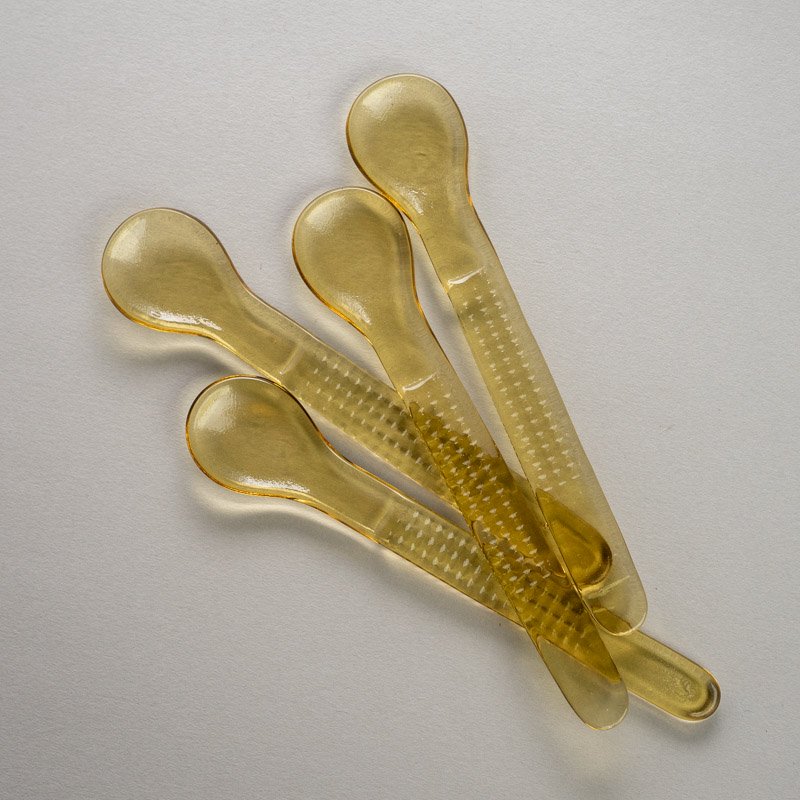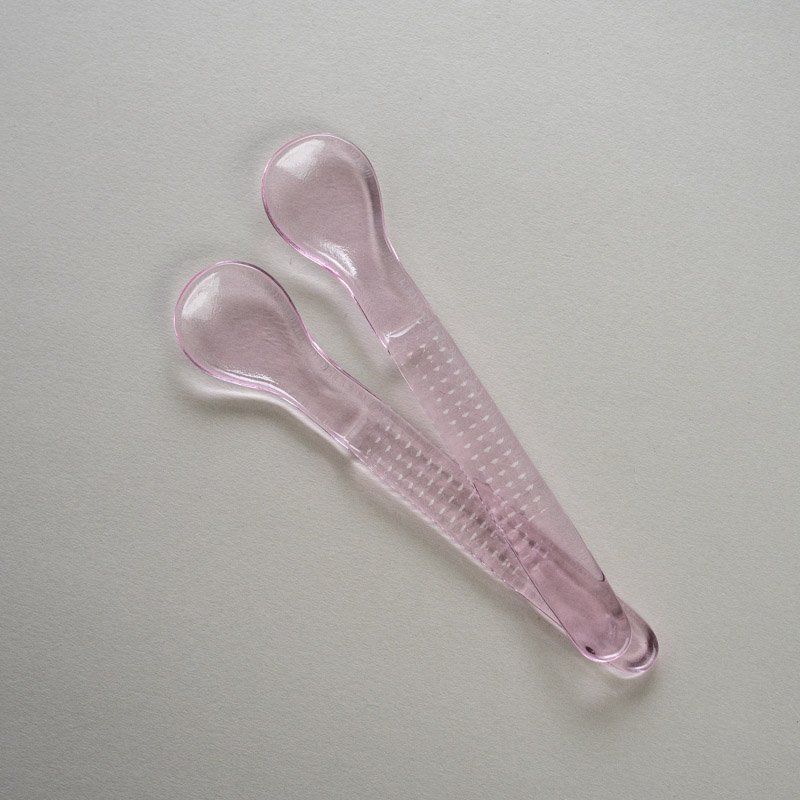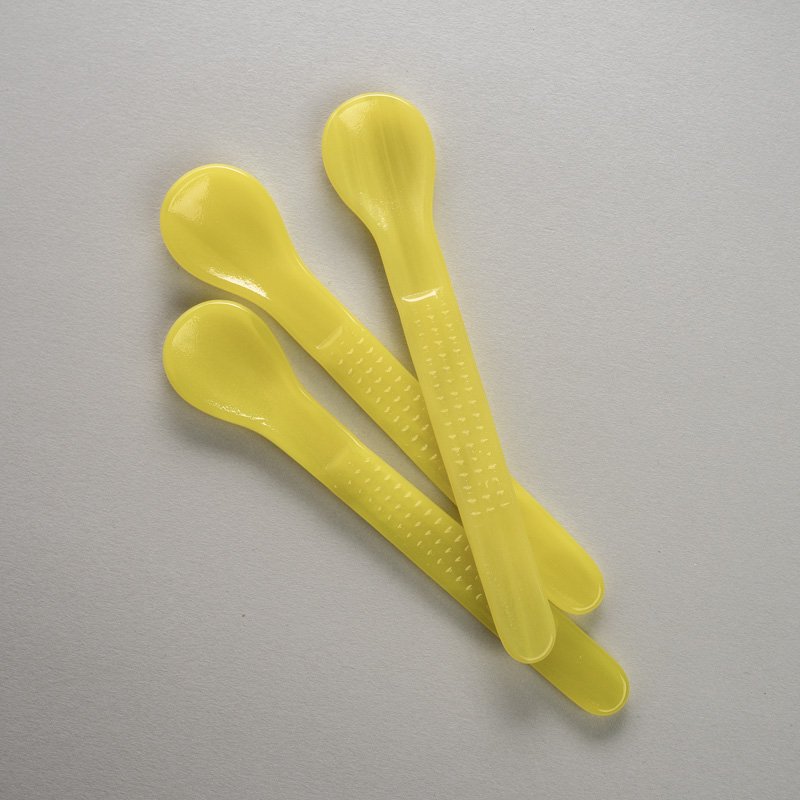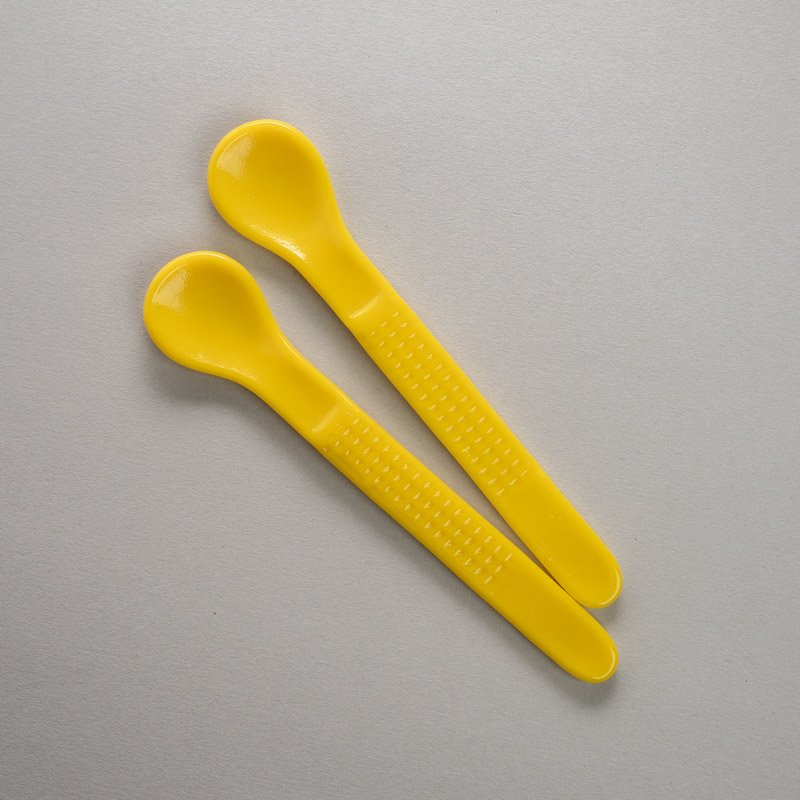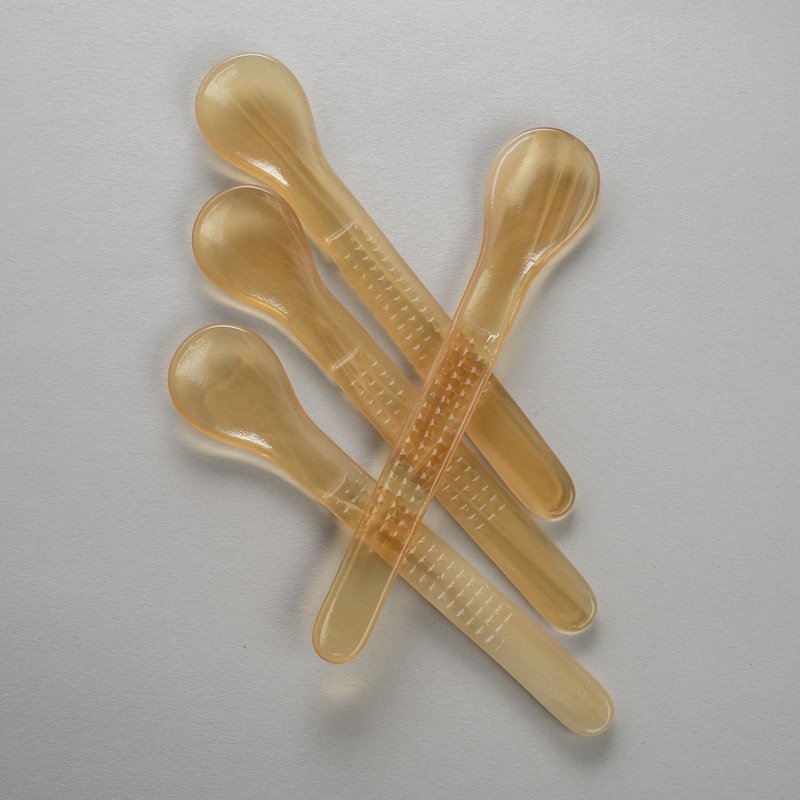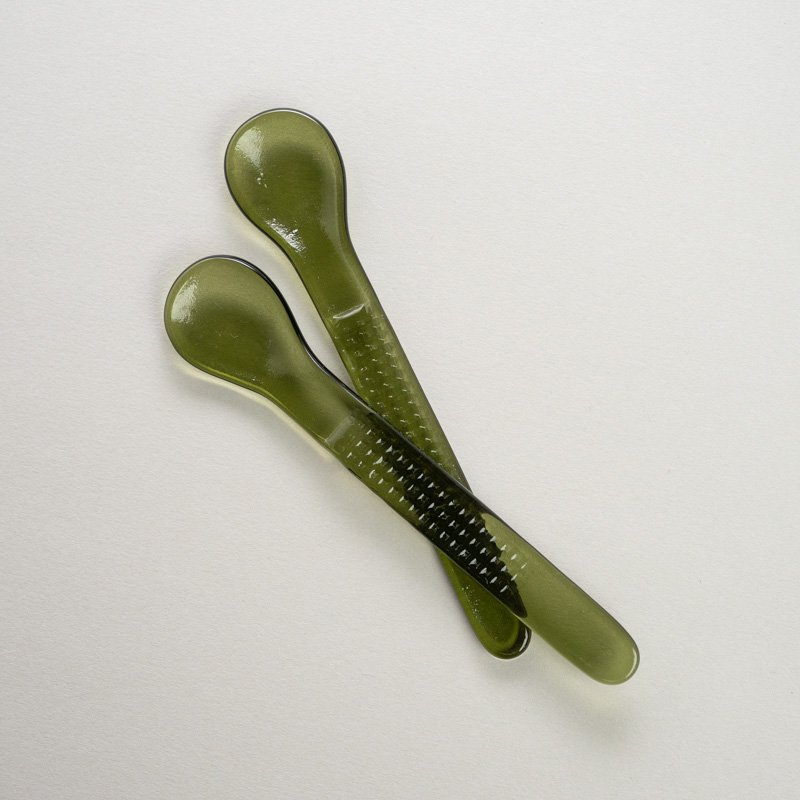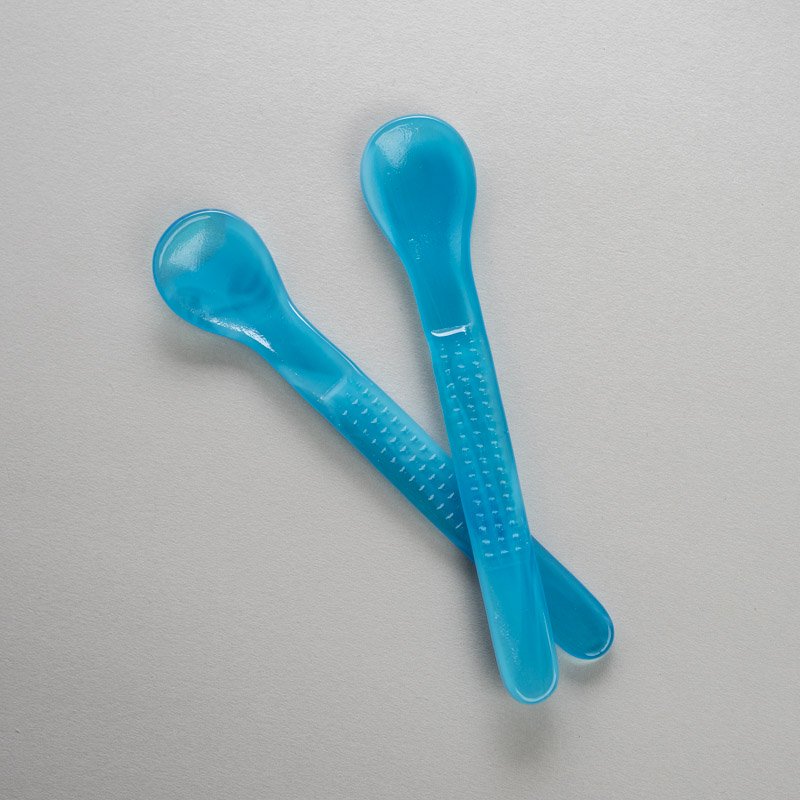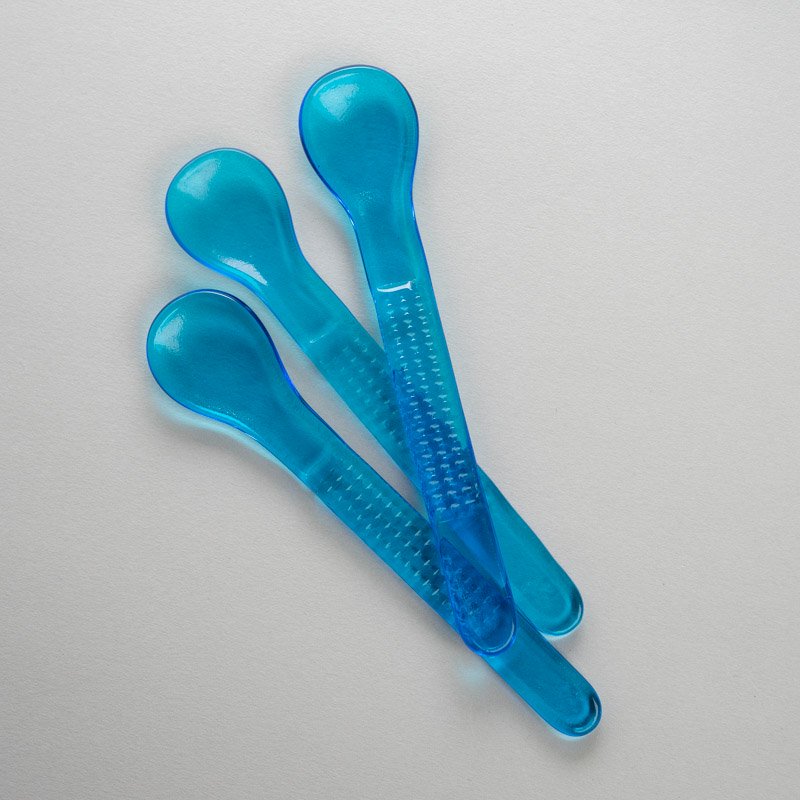吉祥寺と武蔵境の中間、住宅街の中に、池谷のアトリエ兼自宅がある。東京都心よりも少しだけゆっくりと時間が流れるこのエリアで、池谷は育ち、ガラスの制作を続けている。作家として活躍の場がどんどん広がる中でも、全く気負う様子がなく、自然と繋がっていく人との縁を大切にしながら、自分のペースでガラスと向き合う。作品のインスピレーションは古いものからもらうことが多い。骨董市で見つけたというハンガリーのガラス皿を出してきてくれて、こんな懐かしさの中にも新しさが感じられる作品を自分も作りたい、と話してくれた。
Minami Ikeya 池谷三奈美
愛でたくなるガラス

懐かしくて、新しい
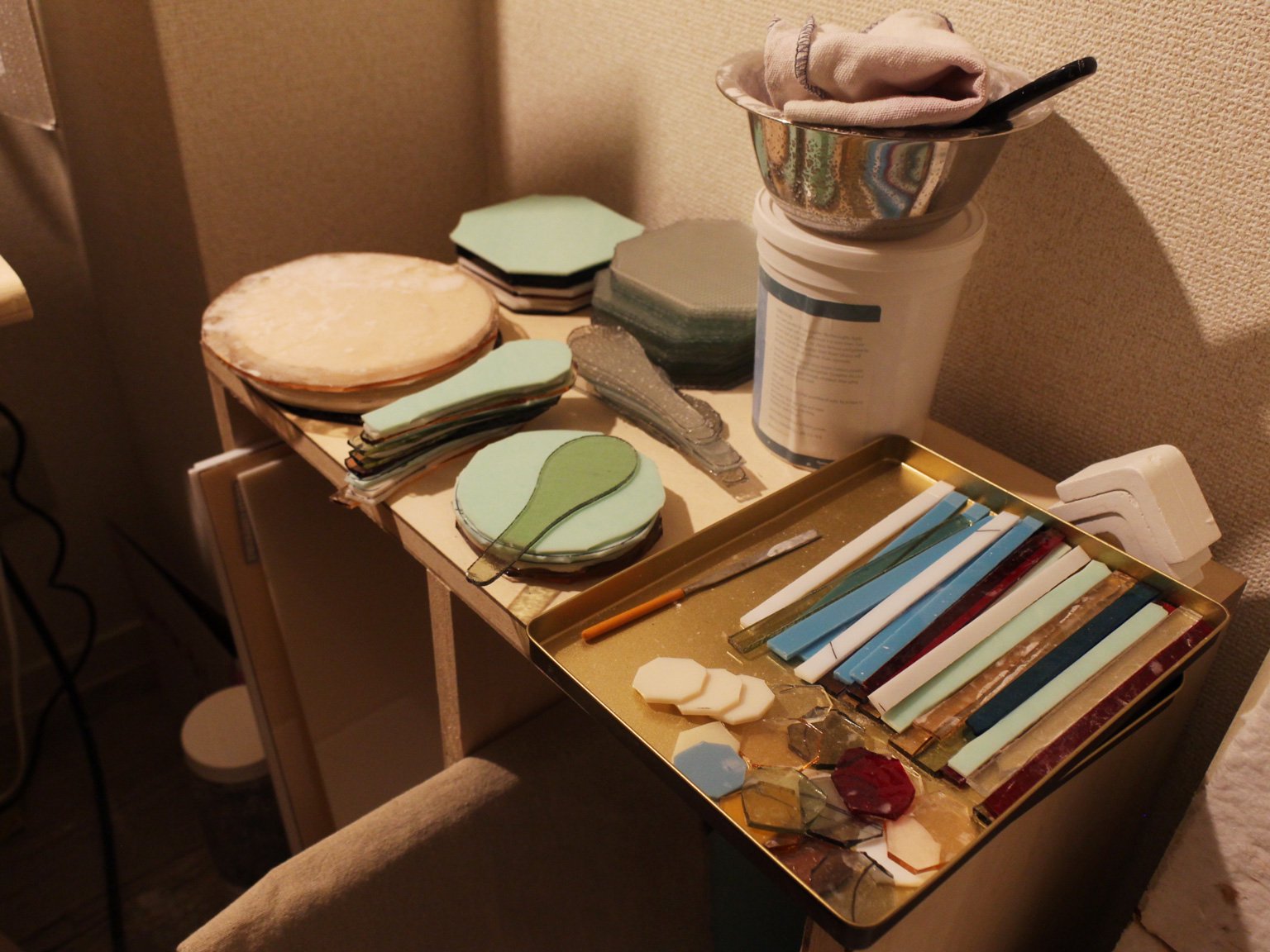
こんなガラスがあってもいい
池谷のガラス作品は、いわゆるガラス制作の主流である吹きガラスとは全く異なる手法で作られている。石膏で作った型にカットした板ガラスを乗せ、電気窯でガラスを温めることでガラスが石膏型に沿って変形し、成形される。この「ガラスを曲げる」工程が制作過程において重要なポイントで、温度や時間など、経験と勘が頼りとなる難しい工程でもある。もともと美大でガラスを学んだ池谷。吹きガラスも経験したが、秒刻みで対応していかなくてはならないスポーツのような工程が肌に合わず、キルンワークを主軸に腕を磨いていった。ガラスの器といえば薄くて透明で滑らか、そんな概念を池谷の作品は鮮やかに覆す。色とりどりのガラスは時に不透明で、ザラザラとしたテクスチャもあり、どこか懐かしさも感じさせる作品は、固定概念に縛られない自由で楽しい空気をまとっている。
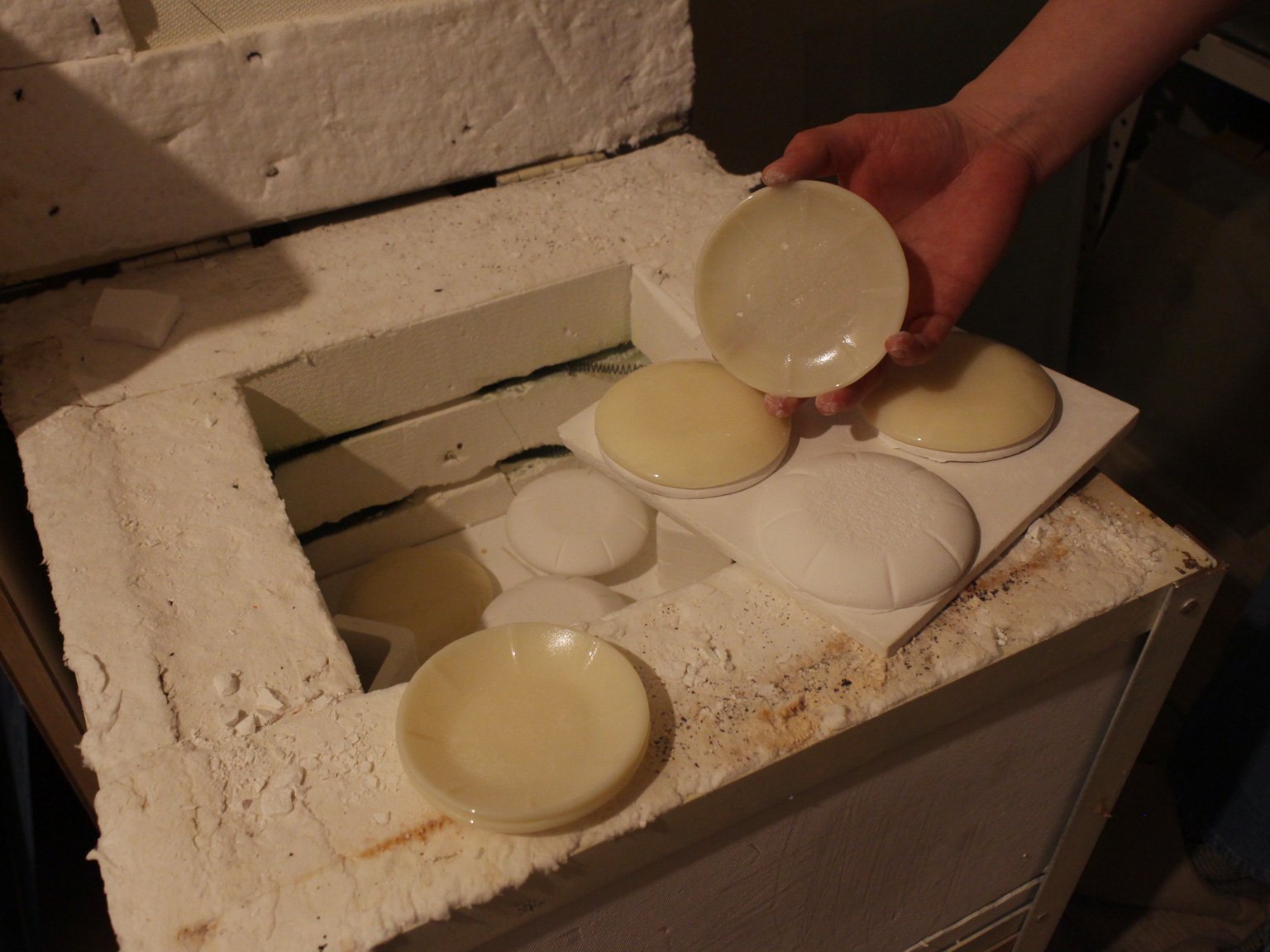
古材に新たな息吹を
現在、池谷は廃材を使った作品づくりにも新たに取り組んでいる。取り壊しになった家屋から廃材として出てきた古い型板ガラスを、器やガラス作品として生まれかわらせる取り組みだ。昔の日本家屋にはよく使われていた、模様が刻まれた型板ガラスは、今では消えゆく風景の一つ。ガラスが完全に溶けない池谷の手法だからこそ、この模様を生かした作品づくりが可能となる。建築廃材となると、内装や家具など大きなスケールで考えがちだが、視点によってはこんな風に小規模に活用していくこともできる。ガラスだけでなく、木工、金工、様々なジャンルの作家が古材を活用してうまく蘇らせていく良い循環ができれば、と池谷は語る。
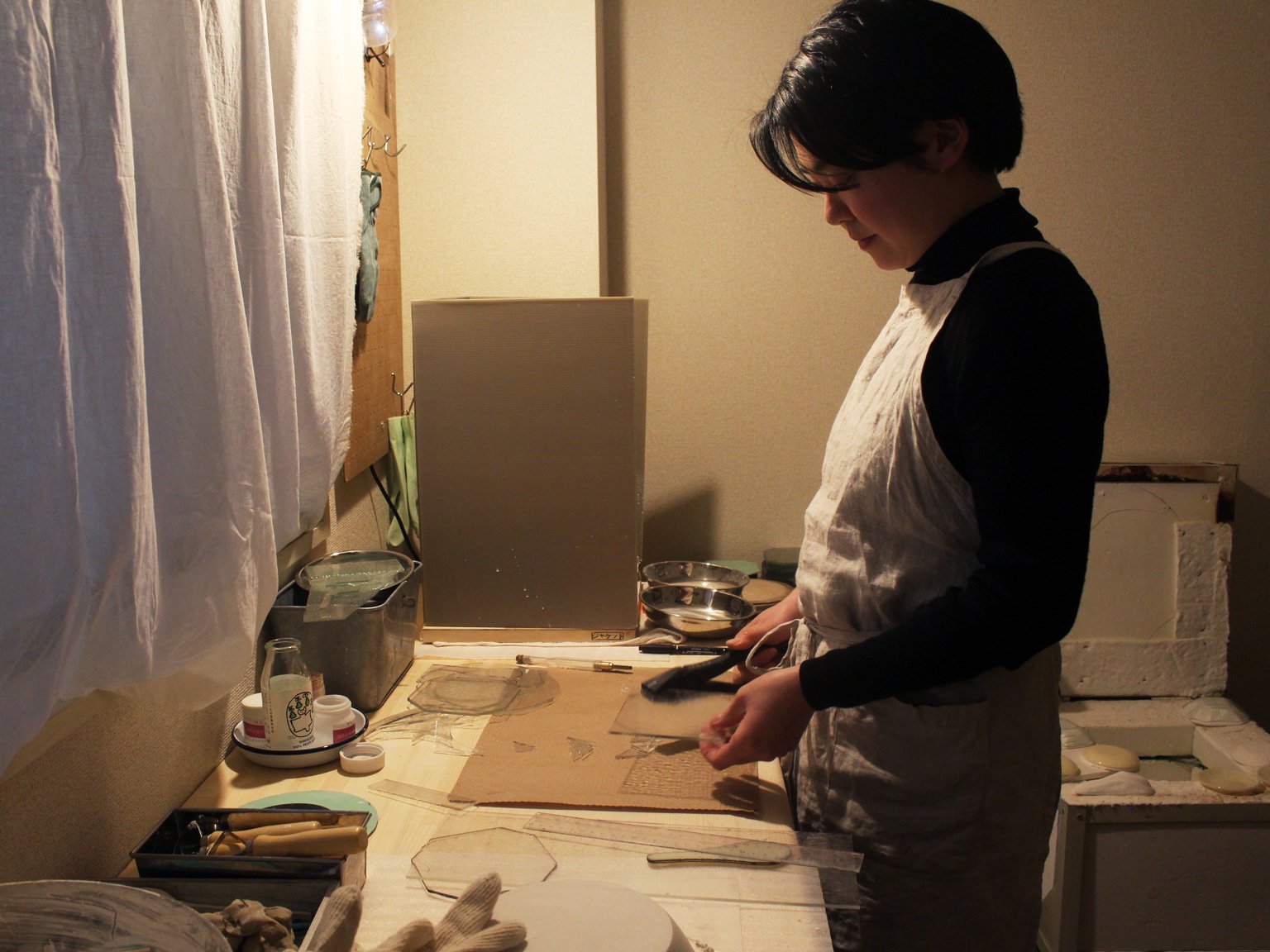
東京都出身
武蔵野美術大学 ガラスコースを卒業後
都内で制作、活動中
Glass to Cherish and Admire

New, yet Nostalgic
Ikeya’s atelier and home stands in a residential neighborhood situated between Kichijoji and Musashino. Ikeya both grew up and continues to produce glassworks in this area where the passage of time is slightly more relaxed compared to the bustle of Tokyo’s city center. Although the scope of her practice is gradually expanding, she maintains a certain calmness and composure, engaging with glass at her own pace while cherishing encounters and relationships with others that naturally come to manifest. Ikeya often gains her inspiration from old things. Showing a glass plate made in Hungary that she had found at an antique market, she mentioned how she too wishes to create works in which a sense of newness could be felt amidst the nostalgic.

Glassworks with a Distinct Quality
Ikeya’s glassworks are made in an entirely different way from blown-glass that is recognized as the so-called the mainstream of glass production. In her method she arranges cut pieces of sheet glass in a plaster mold, allowing the glass to melt and take on the shape of the mold as it is heated in an electric kiln. This step of “bending the glass” is an important and complex point within the production process, requiring much experience and intuition in determining the optimal temperature and timing. Ikeya had originally studied glassmaking at university. Despite having experience working with blown-glass, she proceeded to polish her skills centering on kiln work, as the almost sports-like nature of blown-glass that required swift adjustments by the second had disagreed with her style and approach. Ikeya’s works brilliantly overturn preconceptions towards glass vessels as being thin, transparent, and smooth. Works with variously colored glass are at times opaque and uneven in texture, and also harboring a certain air of nostalgia, permeate with a pleasantly liberating atmosphere that is not bound to conventional ideas or formats.

Breathing Fresh Air into Old Materials
Currently, Ikeya newly engages in producing works using waste materials. She takes old pieces of figured glass that have been discarded as waste materials from demolished houses in an effort to transform them into new vessels and glassworks. Figured glass engraved with various patterns had often been used in Japanese houses in the past, yet today such landscapes are gradually becoming obsolete. Ikeya is able to create works that make use of these patterns due to her means of production that allows the glass not to entirely melt. While the reuse of architectural waste materials tend to bring to mind things a large scale such as interior fittings and furniture, her works enable us to realize how according to one’s perspective it can be used in a much smaller and intimate context. Ikeya expresses her hopes for artists not only working with glass, but also in other genres like woodwork and metalwork to incorporate and successfully revive old materials in order to maintain a good and efficient cycle.

Born in Tokyo
Graduated from Musashino Art University, Glass Course
Works in Tokyo

